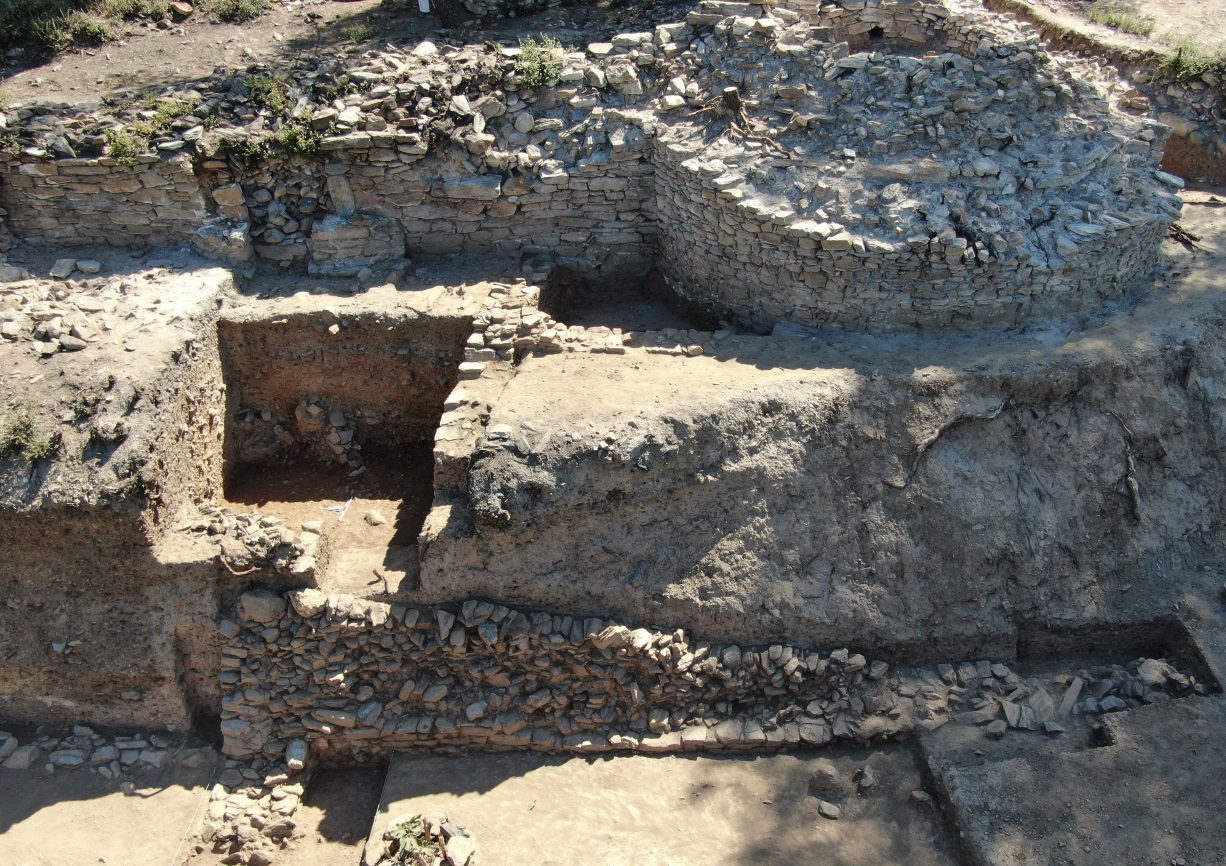Archaeologists from the Muğla Sıtkı Koçman University (MSKÜ) have participated in excavations at Asarcık Tepe, revealing traces of cultural layers from the Seljuk Period, the Hittite Civilisation, and the Middle Bronze Age.
Asarcık Tepe, also known as Asarcık Hill, is a multi-phase archaeological site located in the Kavaklıdere (Muğla) region of Turkey.
Excavations by MSKÜ have extended the cultural layer of occupation to the end of the 3rd millennium BC, with evidence of a Middle Bronze Age settlement and subsequent layers of destruction.
Dr Bekir Özer, said: “Traces of occupation were constantly destroyed in subsequent cultural periods. For this reason, the layers that form the cultural continuity of Asarcık Tepe have limited data except for the Middle Ages and Early Hellenistic Period.”
Excavations have also uncovered archaeological remains from the 2nd millennium BC, consisting of the foundations of structures built with stone and mudbrick, in addition to stone tools and spindle whorls that suggest traces of weaving.
Archaeologists have also found pottery originating from the Coastal Aegean and Central Western Anatolia regions, indicating evidence of trade and a cultural continuation from 1200 BC to 330-320 BC.
“The last cultural period is associated with the Middle Ages. It is supported by preserved towers that are 3.5 metres in height, surrounded by city walls 2.5 metres tall and 2 metres thick,” said Dr Özer.
According to the researchers, the last cultural period occurred in the first half of the 13th century AD, with a destruction layer suggesting that Asarcık Tepe was destroyed by fire. Dr Özer, said: “This data does not surprise us, and it should be seen as concrete archaeological evidence of the conquest of the region by Turkish raids coming through the Menderes Valley.”
Muğla Sıtkı Koçman University (MSKÜ)
Header Image Credit : Muğla Sıtkı Koçman University (MSKÜ)







